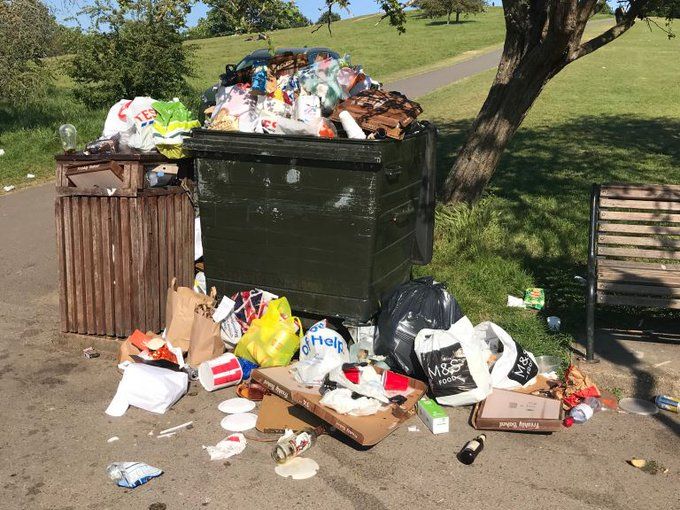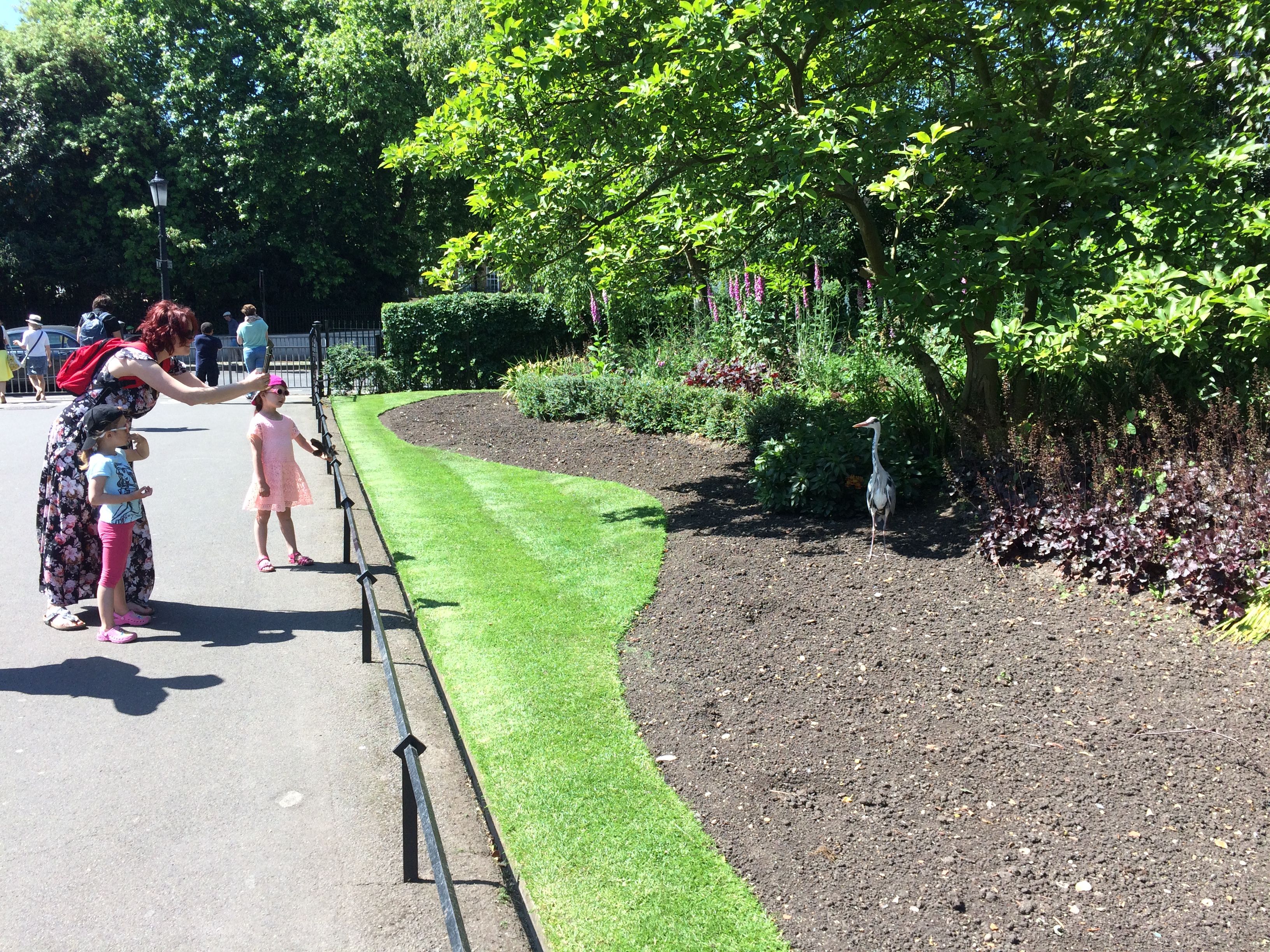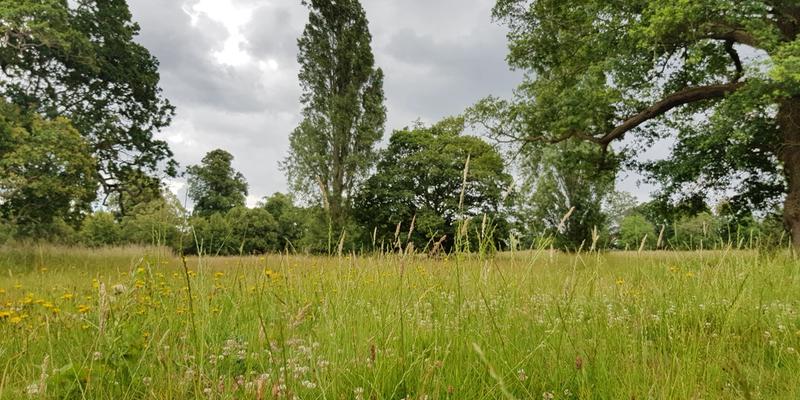A timely new report from Public Health England is calling on local authorities to recognise and embrace the value of parks and green spaces as important infrastructure; delivering social support for local communities, economic gain, improvements to both physical and mental health and environmental gains such as cleaner air, storm water storage and rich habitats benefitting wildlife.
It comes as councillors across London count the cost of getting through the coronavirus pandemic such as ensuring communities had access to food and all the essentials needed during lockdown. The full cost is not yet known, but we do know nationally 81% of parks in a Tidy Britain survey had to spend more on clearing up litter during the lockdown: 79% on bin emptying and 72% on maintaining public order or enforcing lockdown rules. Councils across the UK are reporting clearing up, on average, 57 tonnes of additional waste from their parks. All these additional costs have to be met from existing funds.

Improving Access to green space: A new review 2020, offers local authorities the knowledge and tools alongside case studies drawn from projects across England to equip them with all they need to safeguard, maintain and grow their parks and green space facilities, while simultaneously bringing multiple benefits to local communities. It’s an invaluable source of data, case studies and statistics for Park Friends groups too.
For councils, it means multiple departments and organisations in every borough, or in partnership with neighbouring boroughs, will need to work together; from town hall planners to sports clubs, GPs to tree officers, and social services to local artists or performers. Park Friends groups and other community volunteers are essential to this mix.
Population changes, COVID-19, Brexit and global markets are all challenges we can face with greater resilience, if we invest in our parks to ensure continuity of quality green spaces supporting communities to keep sane and healthy. These same green spaces will also help us face the challenges of climate change.

Parks are an essential part of our national infrastructure, as important as energy and transport to our mostly urban society. The PHE report states “…often greenspace is still seen as a liability rather than an asset.” It goes on to provide evidence supporting the argument for funding parks, including statistics such as:
- £2.1 billion per year could be saved in health costs if everyone in England had good access to greenspace, due to increased physical activity in those spaces.
- in Sheffield, for every £1 spent on maintaining parks, there is a benefit of £34 in health costs saved, with local residents being the primary beneficiaries.
In London, the return on that £1 investment quoted in the Sheffield example is around £27. Still a significant sum and Londoner’s average age is lower than that of Sheffield. Global trends suggest birth rates are dropping and people are living longer, so the average age across all populations will only rise, as will all the costs that come with old age.
Volunteers and park friends groups can help by gathering persuasive case studies demonstrating the value parks deliver people, places and wildlife. GoParks.London will and does happily feature stories showcasing these benefits. Councils can help with funding and by creating new green spaces, particularly in disadvantaged areas where access to quality parks is poor.
Download the full report here: https://assets.publishing.service.gov.uk/government/uploads/system/uploads/attachment_data/file/904439/Improving_access_to_greenspace_2020_review.pdf



